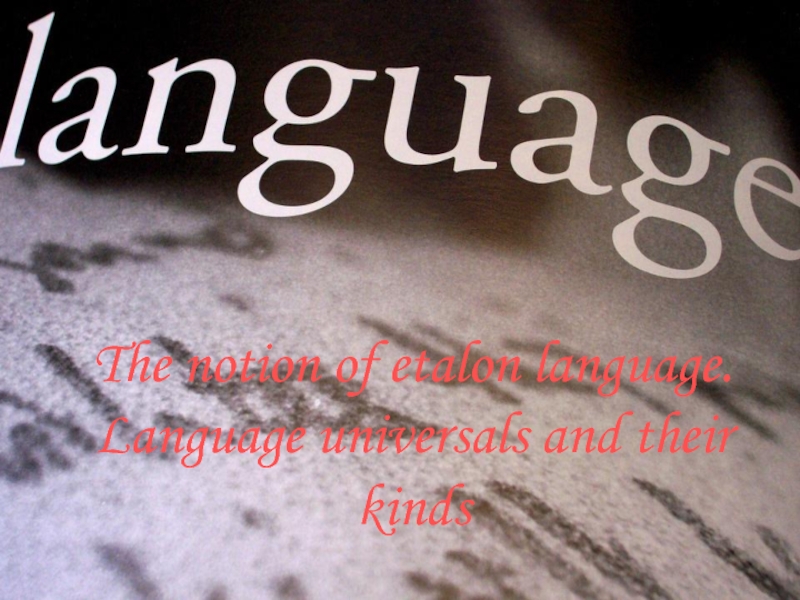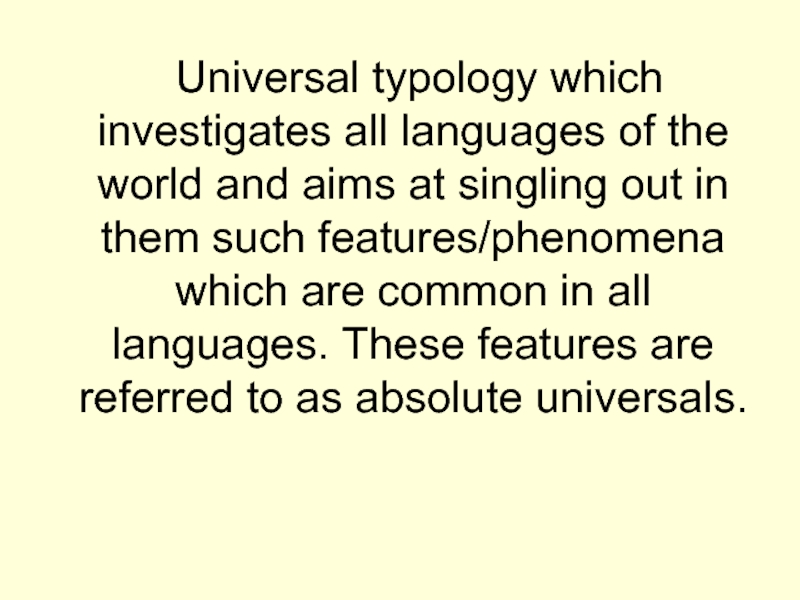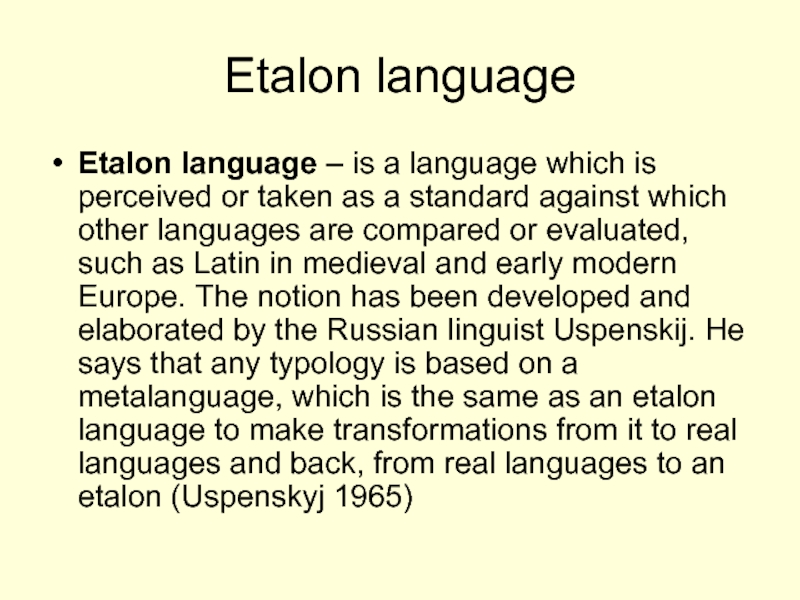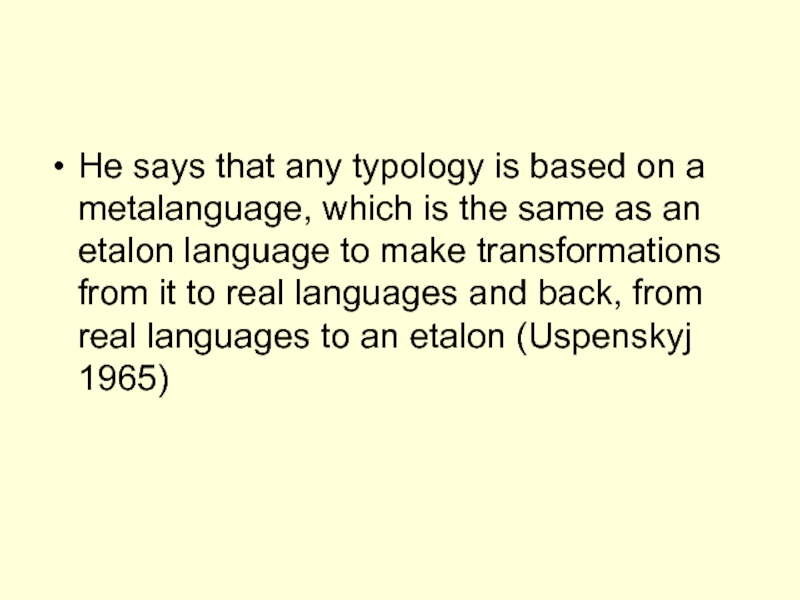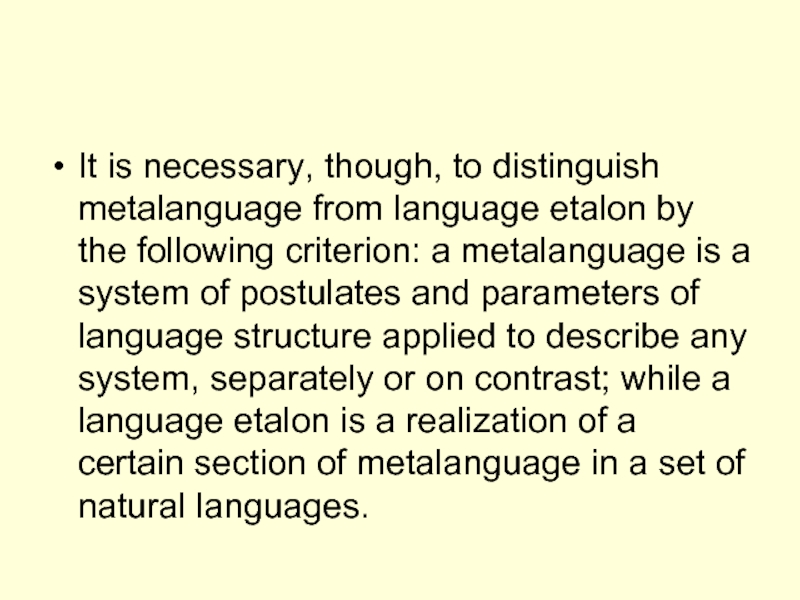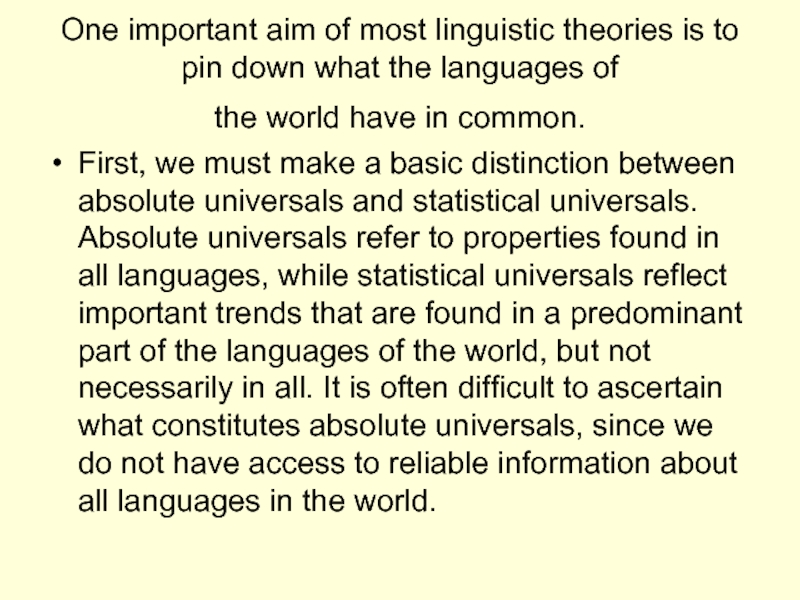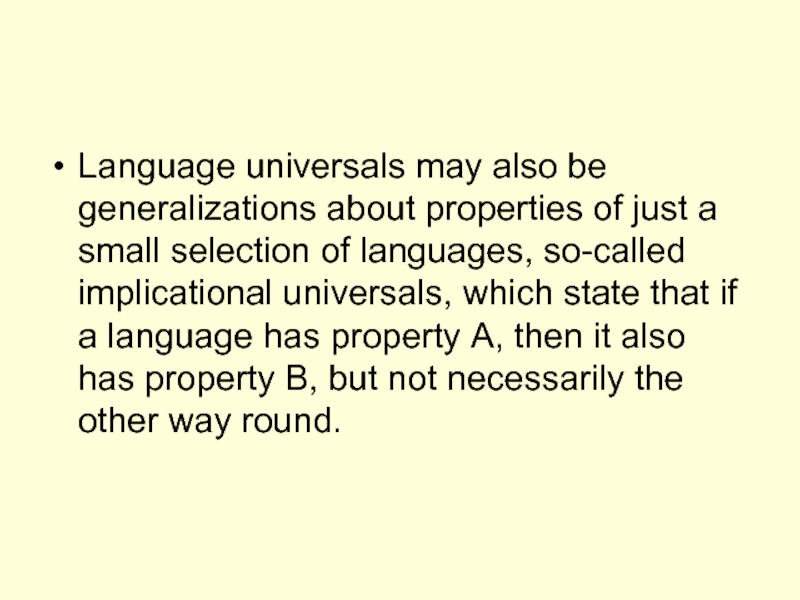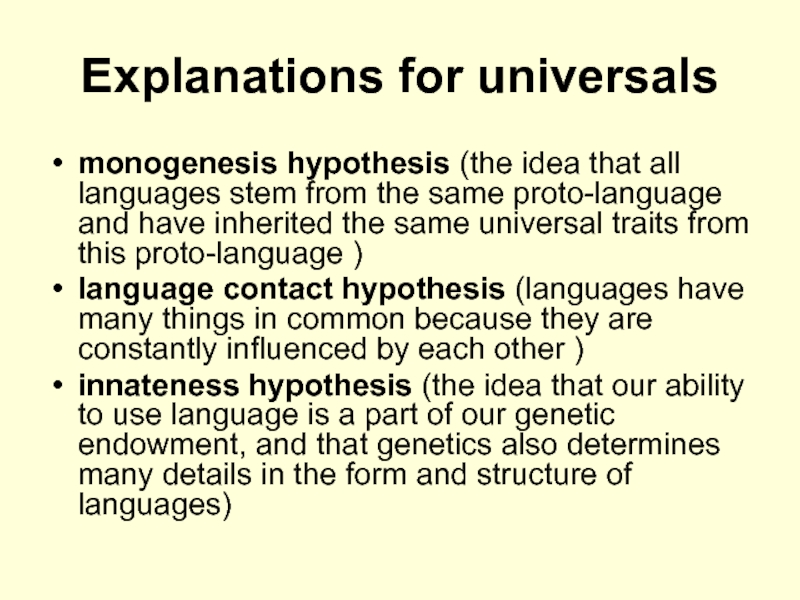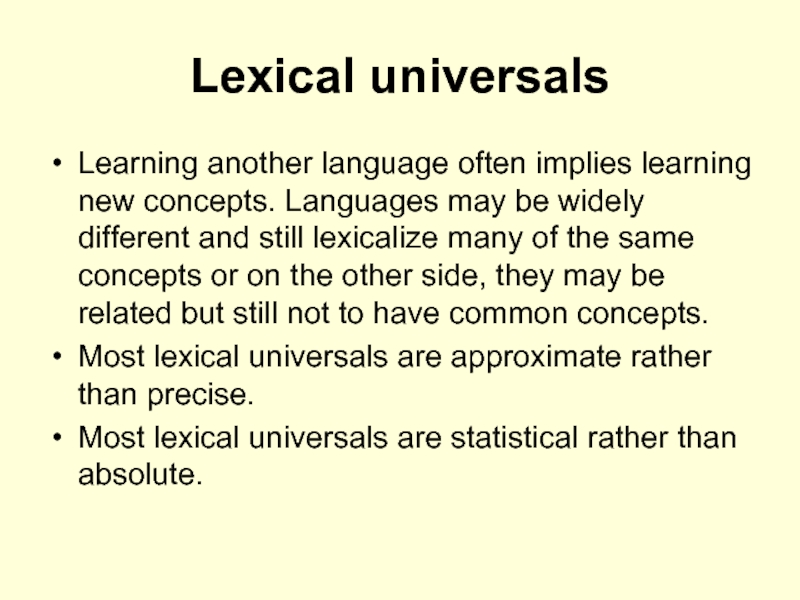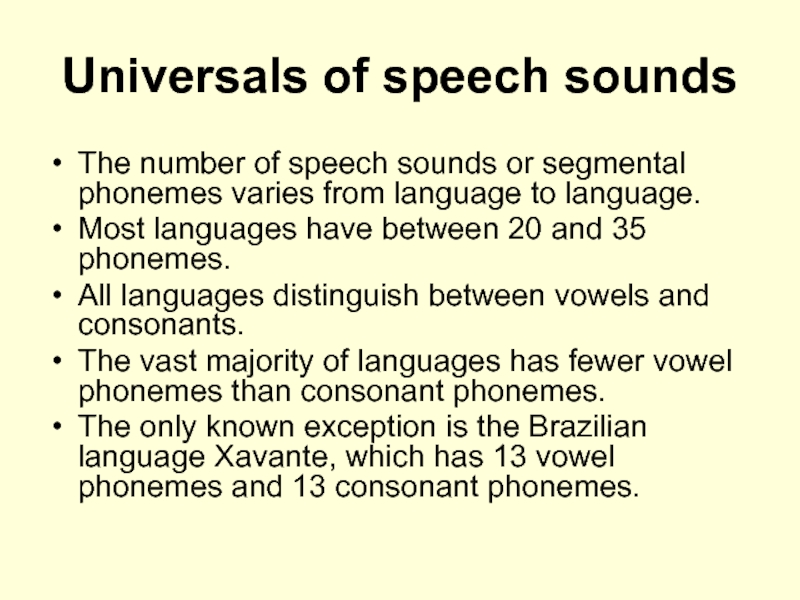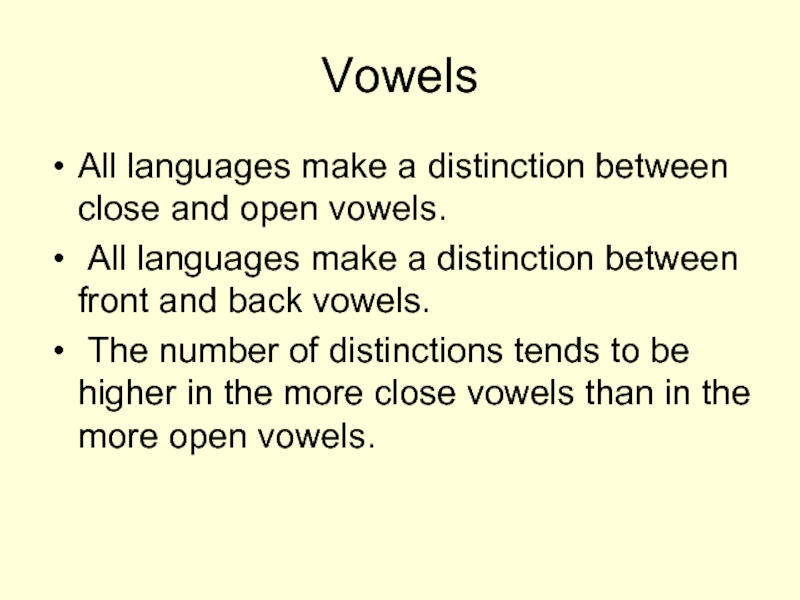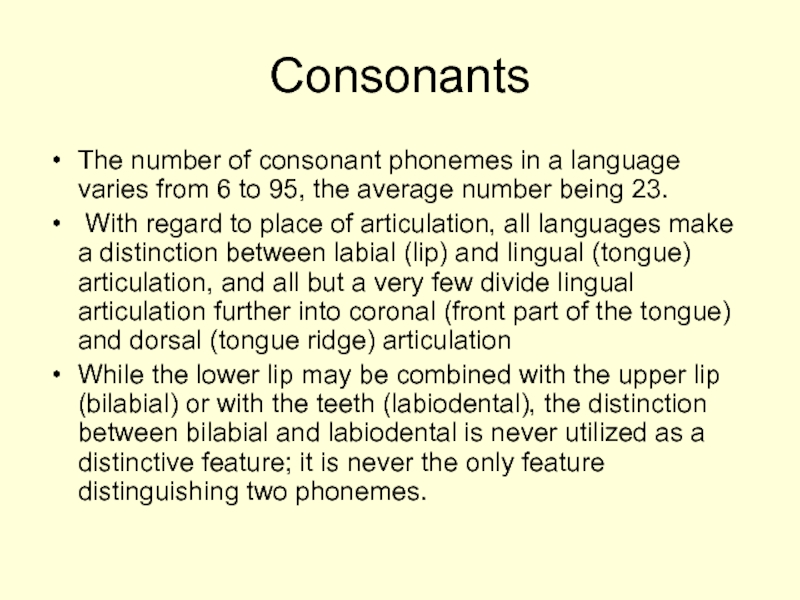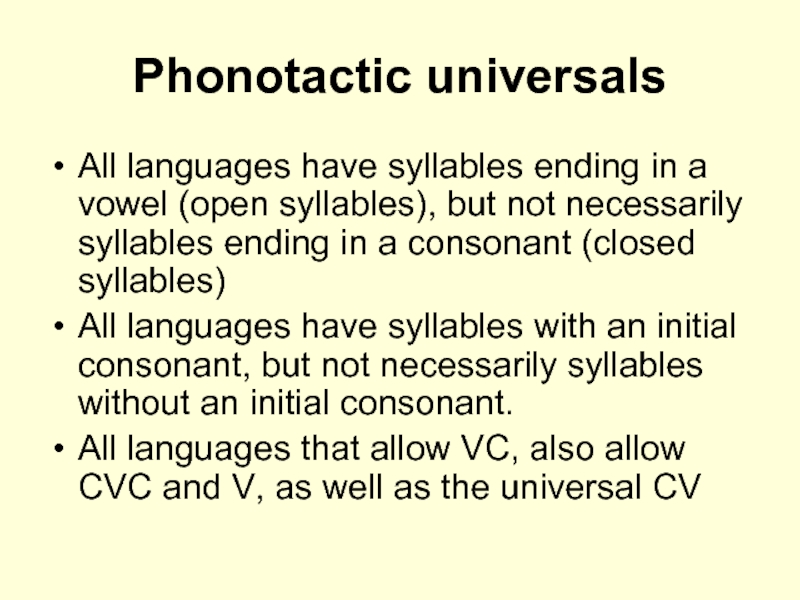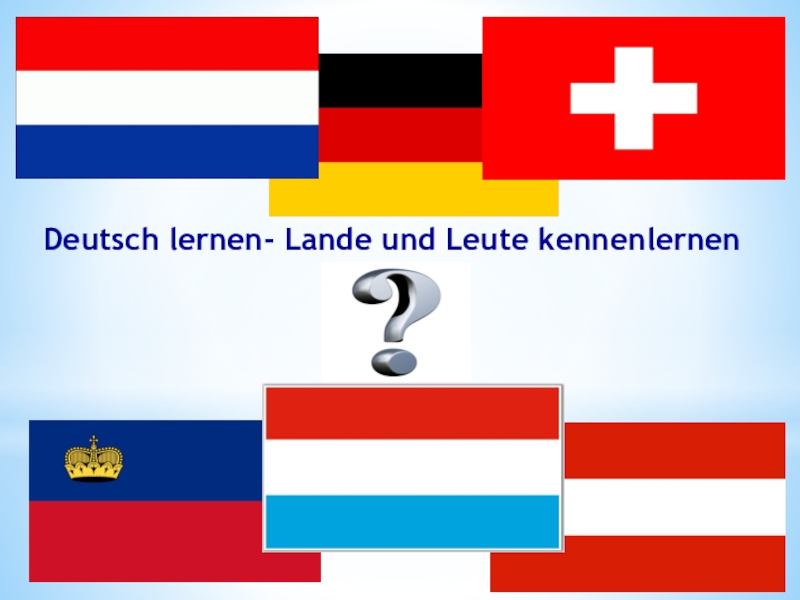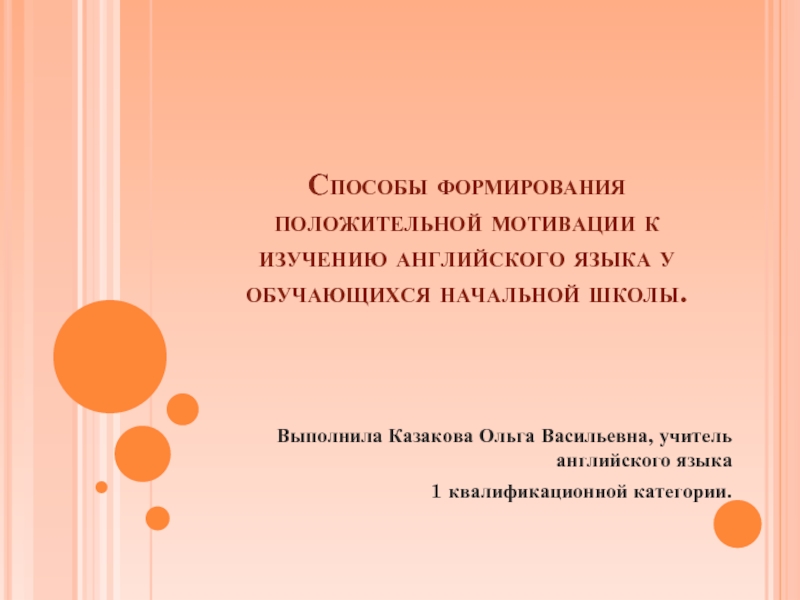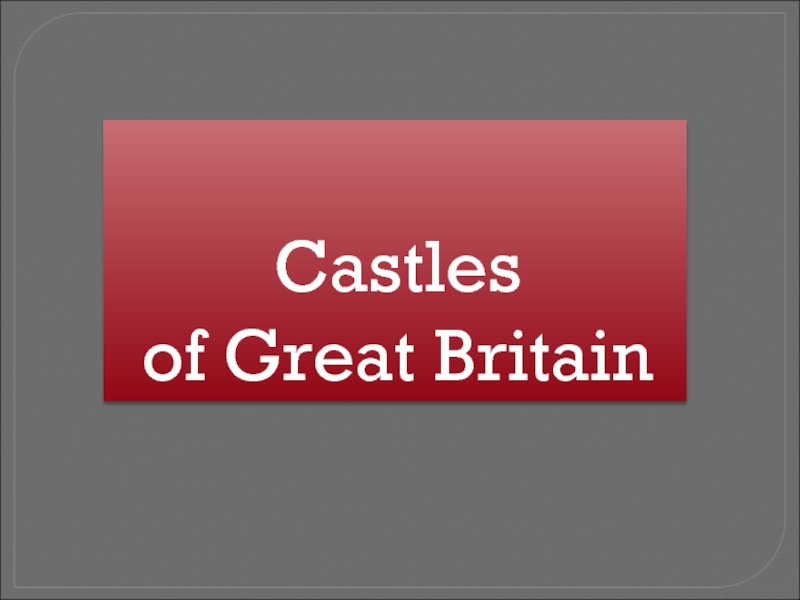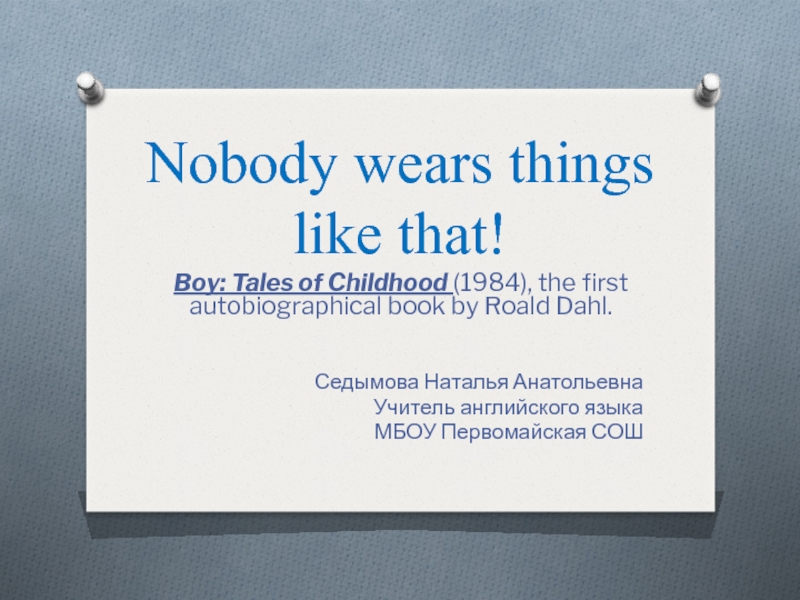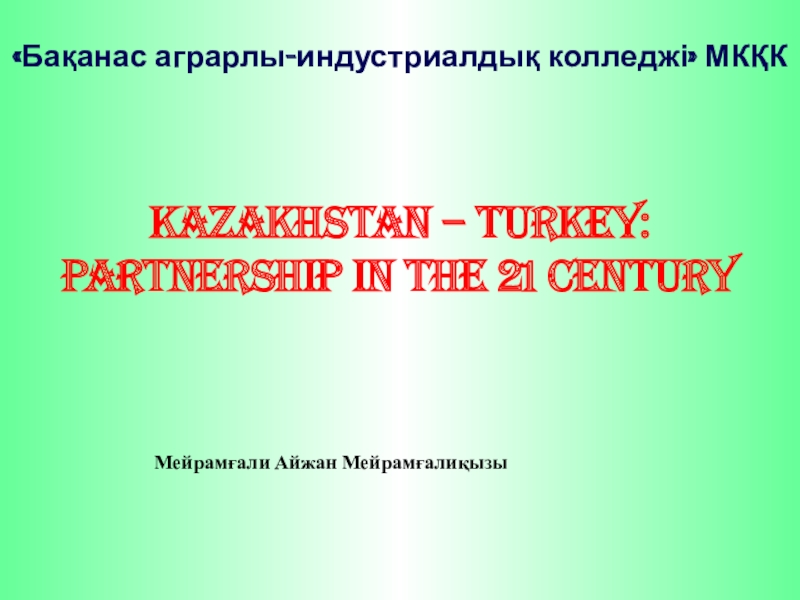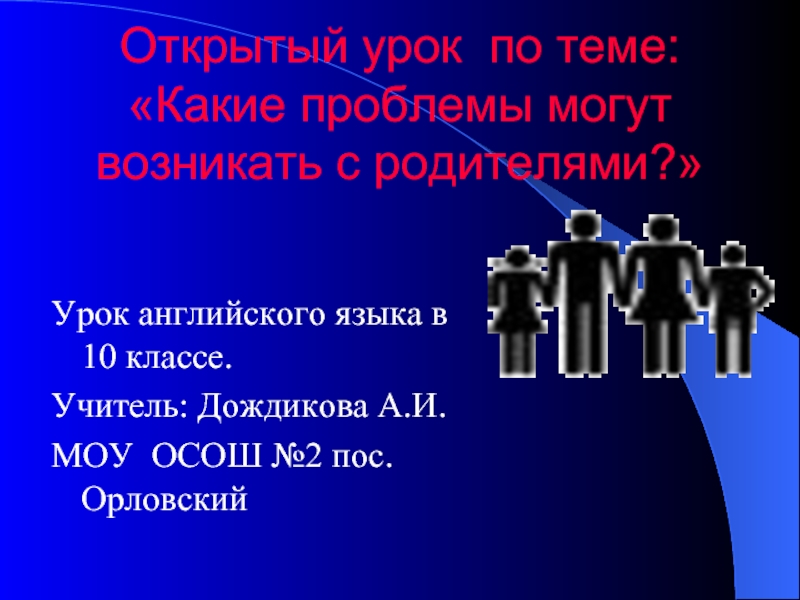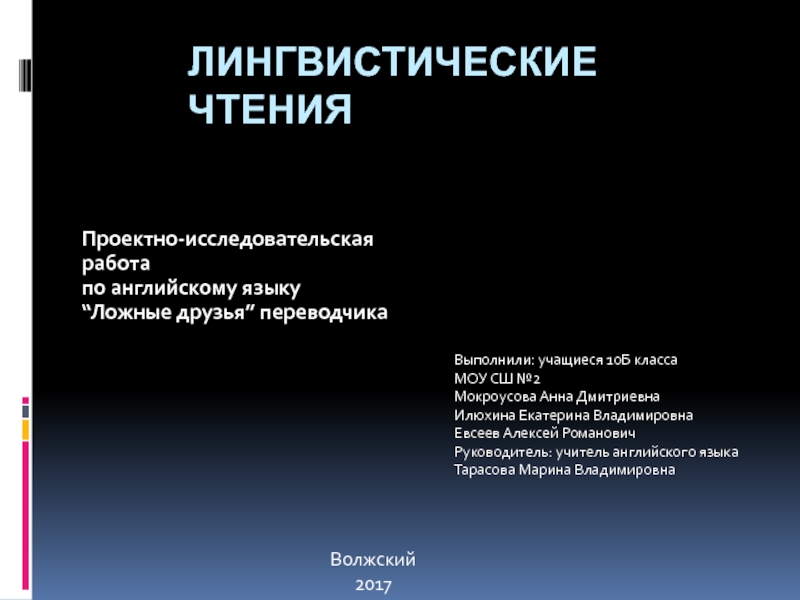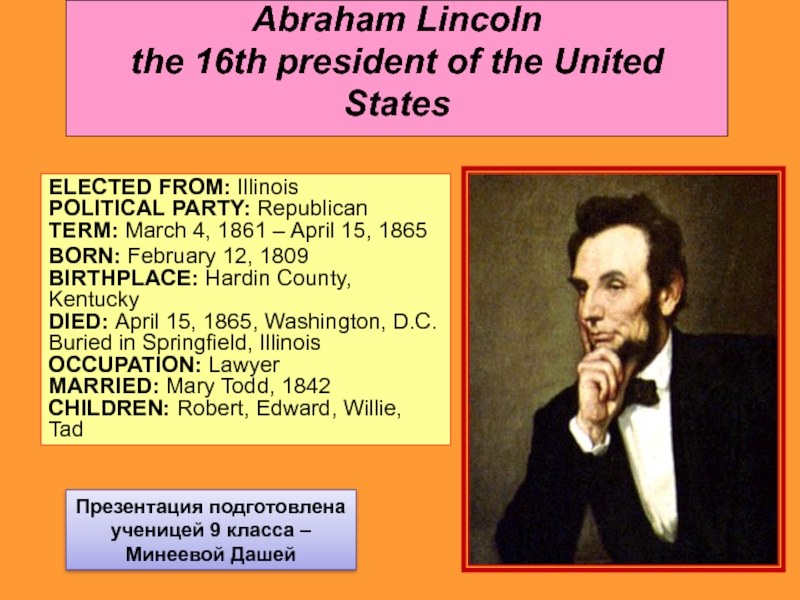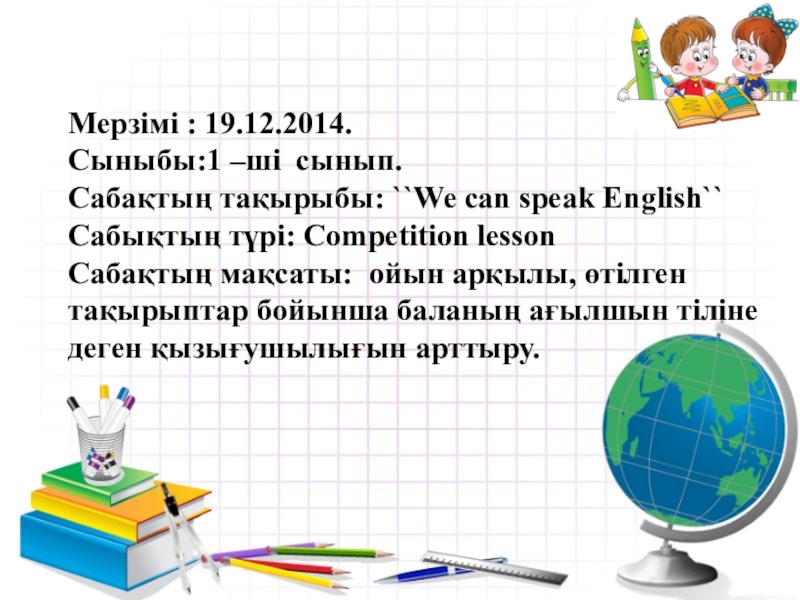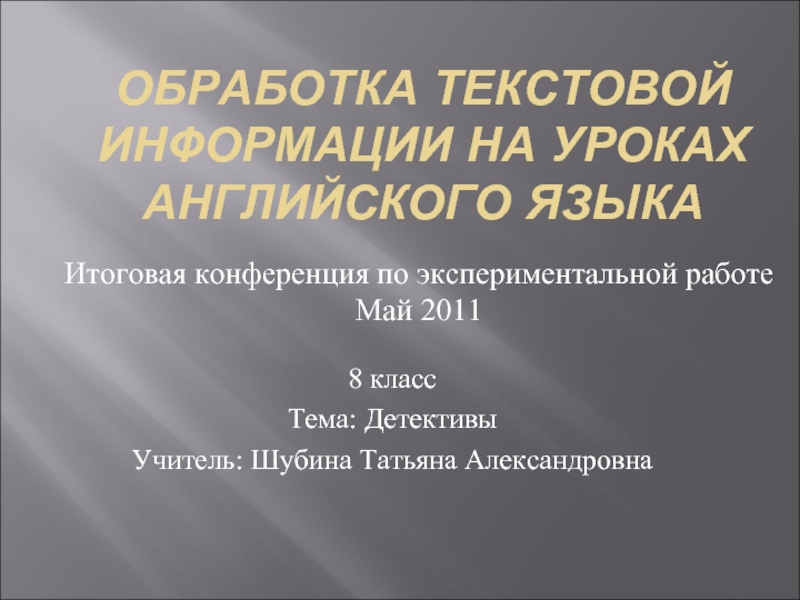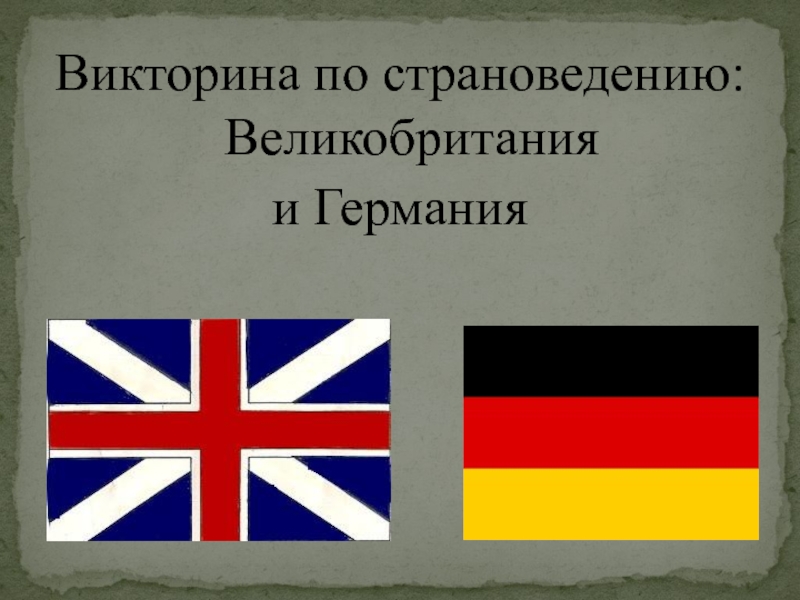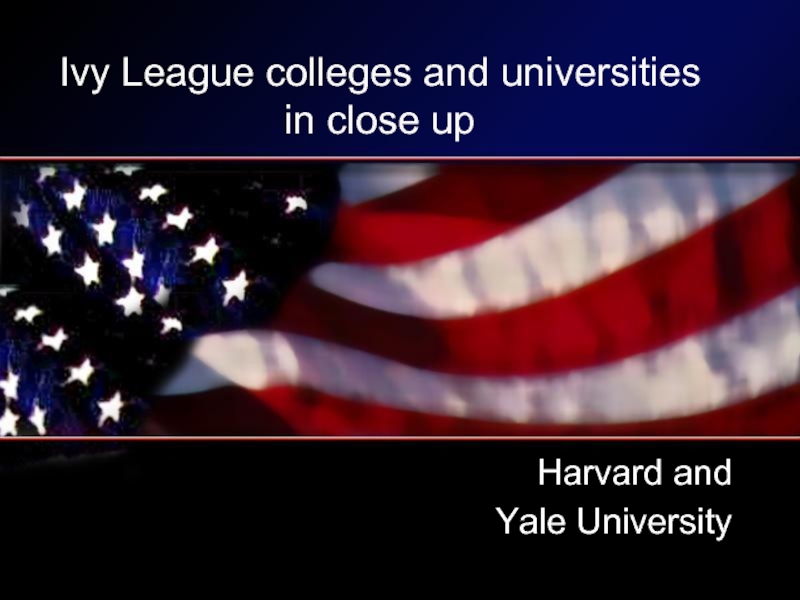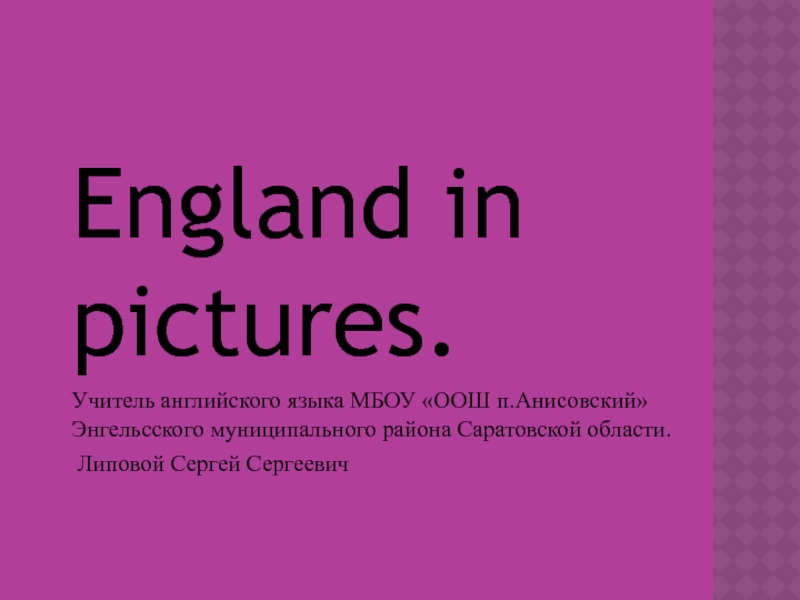Разделы презентаций
- Разное
- Английский язык
- Астрономия
- Алгебра
- Биология
- География
- Геометрия
- Детские презентации
- Информатика
- История
- Литература
- Математика
- Медицина
- Менеджмент
- Музыка
- МХК
- Немецкий язык
- ОБЖ
- Обществознание
- Окружающий мир
- Педагогика
- Русский язык
- Технология
- Физика
- Философия
- Химия
- Шаблоны, картинки для презентаций
- Экология
- Экономика
- Юриспруденция
The notion of etalon language. Language universals and their kinds
Содержание
- 1. The notion of etalon language. Language universals and their kinds
- 2. Universal typology which investigates all languages
- 3. Etalon languageEtalon language – is a language
- 4. He says that any typology is based
- 5. It is necessary, though, to distinguish metalanguage
- 6. One important aim of most linguistic theories
- 7. Language universals may also be generalizations about
- 8. Explanations for universals monogenesis hypothesis (the idea
- 9. Lexical universals Learning another language often implies
- 10. Universals of speech sounds The number of
- 11. VowelsAll languages make a distinction between close
- 12. ConsonantsThe number of consonant phonemes in a
- 13. Phonotactic universals All languages have syllables ending
- 14. Скачать презентанцию
Слайды и текст этой презентации
Слайд 3Etalon language
Etalon language – is a language which is perceived
or taken as a standard against which other languages are
compared or evaluated, such as Latin in medieval and early modern Europe. The notion has been developed and elaborated by the Russian linguist Uspenskij. He says that any typology is based on a metalanguage, which is the same as an etalon language to make transformations from it to real languages and back, from real languages to an etalon (Uspenskyj 1965)Слайд 4He says that any typology is based on a metalanguage,
which is the same as an etalon language to make
transformations from it to real languages and back, from real languages to an etalon (Uspenskyj 1965)Слайд 5It is necessary, though, to distinguish metalanguage from language etalon
by the following criterion: a metalanguage is a system of
postulates and parameters of language structure applied to describe any system, separately or on contrast; while a language etalon is a realization of a certain section of metalanguage in a set of natural languages.Слайд 6One important aim of most linguistic theories is to pin
down what the languages of the world have in common.
First, we must make a basic distinction between absolute universals and statistical universals. Absolute universals refer to properties found in all languages, while statistical universals reflect important trends that are found in a predominant part of the languages of the world, but not necessarily in all. It is often difficult to ascertain what constitutes absolute universals, since we do not have access to reliable information about all languages in the world.
Слайд 7Language universals may also be generalizations about properties of just
a small selection of languages, so-called implicational universals, which state
that if a language has property A, then it also has property B, but not necessarily the other way round.Слайд 8Explanations for universals
monogenesis hypothesis (the idea that all languages
stem from the same proto-language and have inherited the same
universal traits from this proto-language )language contact hypothesis (languages have many things in common because they are constantly influenced by each other )
innateness hypothesis (the idea that our ability to use language is a part of our genetic endowment, and that genetics also determines many details in the form and structure of languages)
Слайд 9Lexical universals
Learning another language often implies learning new concepts.
Languages may be widely different and still lexicalize many of
the same concepts or on the other side, they may be related but still not to have common concepts.Most lexical universals are approximate rather than precise.
Most lexical universals are statistical rather than absolute.
Слайд 10Universals of speech sounds
The number of speech sounds or
segmental phonemes varies from language to language.
Most languages have
between 20 and 35 phonemes. All languages distinguish between vowels and consonants.
The vast majority of languages has fewer vowel phonemes than consonant phonemes.
The only known exception is the Brazilian language Xavante, which has 13 vowel phonemes and 13 consonant phonemes.
Слайд 11Vowels
All languages make a distinction between close and open vowels.
All languages make a distinction between front and back
vowels. The number of distinctions tends to be higher in the more close vowels than in the more open vowels.
Слайд 12Consonants
The number of consonant phonemes in a language varies from
6 to 95, the average number being 23.
With
regard to place of articulation, all languages make a distinction between labial (lip) and lingual (tongue) articulation, and all but a very few divide lingual articulation further into coronal (front part of the tongue) and dorsal (tongue ridge) articulation While the lower lip may be combined with the upper lip (bilabial) or with the teeth (labiodental), the distinction between bilabial and labiodental is never utilized as a distinctive feature; it is never the only feature distinguishing two phonemes.
Слайд 13Phonotactic universals
All languages have syllables ending in a vowel
(open syllables), but not necessarily syllables ending in a consonant
(closed syllables)All languages have syllables with an initial consonant, but not necessarily syllables without an initial consonant.
All languages that allow VC, also allow CVC and V, as well as the universal CV
